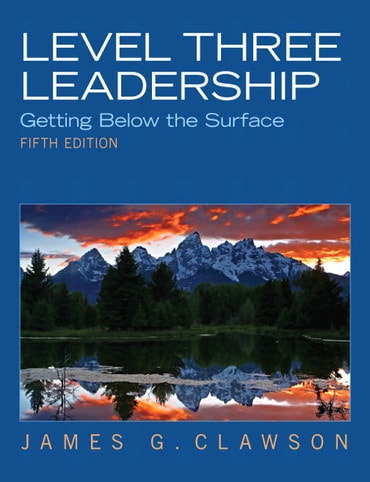Switch content of the page by the Role togglethe content would be changed according to the role
Level Three Leadership: Getting Below the Surface, 5th edition
Published by Pearson (January 4, 2011) © 2012
- James G. Clawson University of Virginia - Darden Graduate School of Bus. Admin.
eTextbook
C$64.99
C$217.99
Need help? Get in touch

